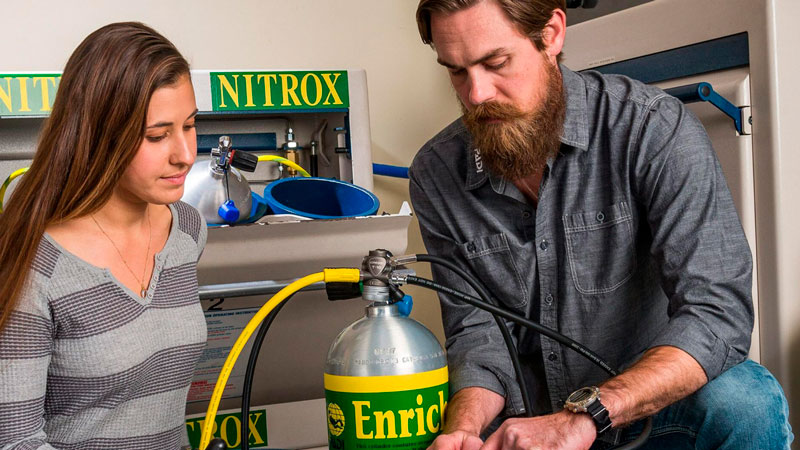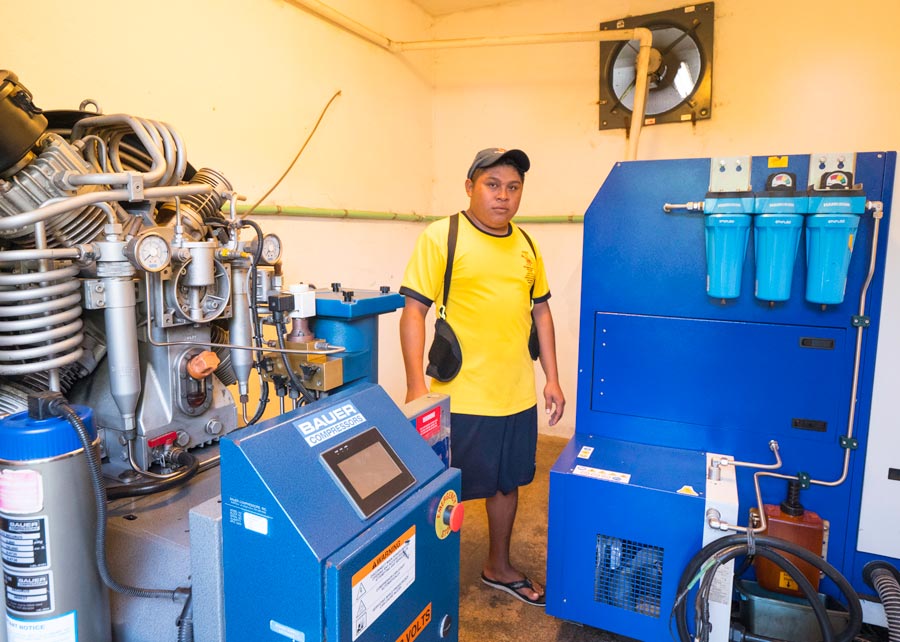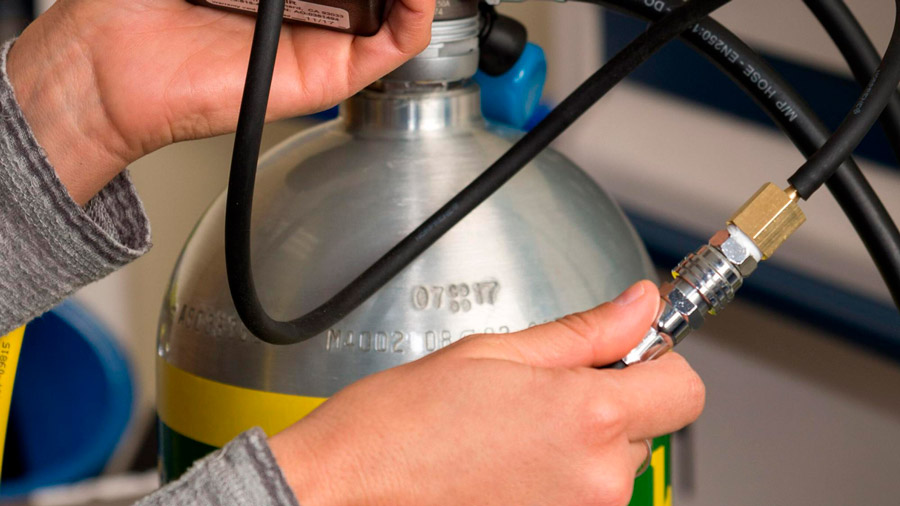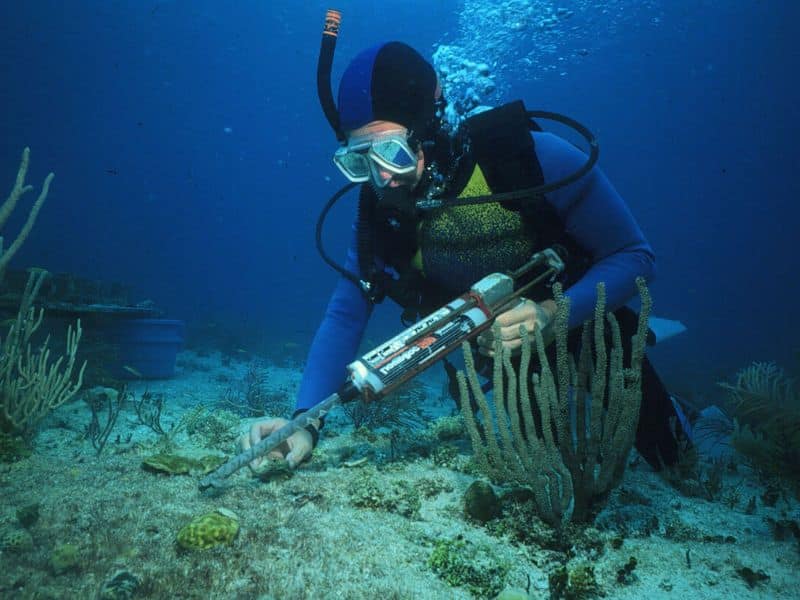If you are a follower of this blog, you already know that there are different mixed gas diving possibilities. In this article we are going to review them, to delve into their properties and we will also see new mixtures we had not yet told you about.
Recreational Mixed Gas Diving
- Compressed air. This is the most common mixture, the mixed gas diving percentage is 21% oxygen, 78% nitrogen, and 1% other trace gases. The use of this gas blending does not require training beyond that obtained in the Open Water course. This is not the case with all other mixed gas diving.
This gas blending is only usable up to 40 meters / 130 feet, which are the limits of recreational diving. If you want to delve into this topic, we recommend the article Open Water Depth Limits: Everything You Should Know. The main problem is the nitrogen contained in this mixed gas diving. Beyond 40 meters / 130 feet depth, there is a danger of nitrogen narcosis. Also, as we know, nitrogen dissolves in the body and you need a slower ascent rate and decompression stops to safely remove it. This is the reason why other mixes are used.








